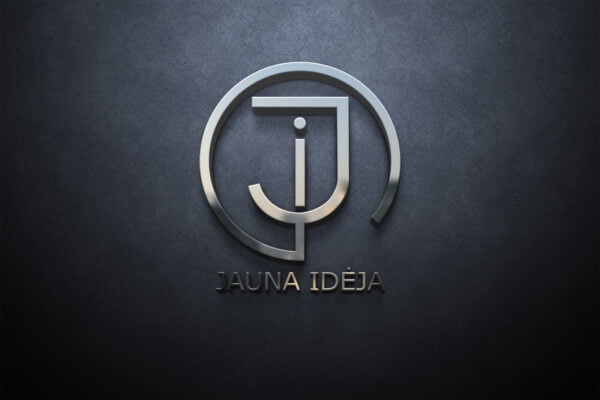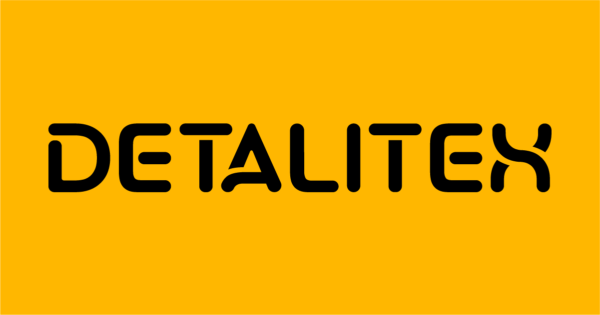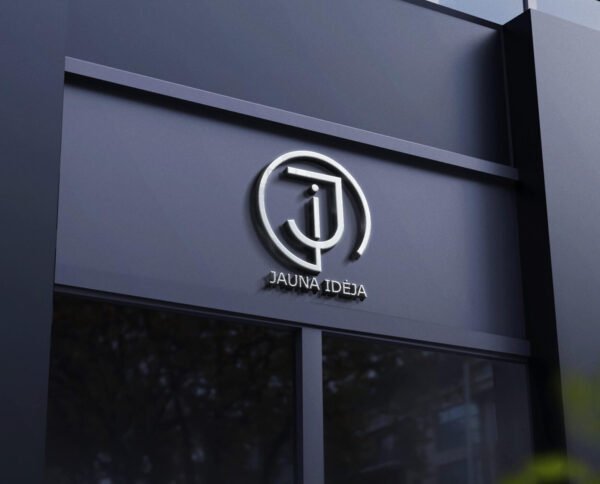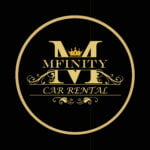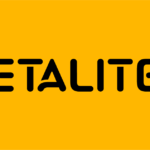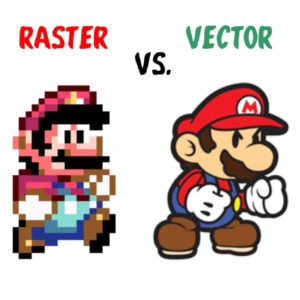✅ Creating a logo is the face of any business. It is used everywhere - in advertising, social networks, packaging, online stores and other types of communication. A logo is often the most memorable visual element of a brand.
✅ It is very important to pay attention to this, because the right logo, chosen and designed correctly, is the first thing a potential customer sees can create an impression of confidence and professionalism, o prastai sukurtas logotipas iš karto sukelia blogas asociacijas. Todėl logotipo kūrimas reikalauja ne tik kūrybiškumo, bet ir atsakomybės.
✅ The entire visual identity book is available in PDF format:
The visual identity consists of:
- The structure of the logo, its safety zones, color solutions, use and unauthorized use;
- Use of a graphic element;
- Adaptation of communication font;
A logo is the calling card of your company or brand. It is important because it reflects your identity and helps your customers recognise you. Here are some steps to create an effective logo:
Define your corporate identity: before you start designing your logo, define your corporate or brand identity, including your values, mission, goals and the nature of your business.
Research the competition: see what other logos of similar businesses look like. This will help you understand how to stand out from the crowd and create a unique logo.
Make a list of important elements: Think about what elements should be in your logo. This could be text, symbols, colours or unique shapes.
Keep it simple: Good logos are simple, easily recognisable and memorable. Try to keep the logo design simple yet unique.
Consider the colour scheme you choose: colours play a big role in the design of your logo. Choose colours that reflect your corporate identity and communicate the right emotion or message.
Remember that designing a logo is a creative process. If you feel uncomfortable with your own design skills, you can rely on the help of professional designers. The most important thing is to create a logo that reflects your company's identity and sets it apart from the rest.
Read more on our business blog: LiJIA
Different types of logos – which one is best for your business?

